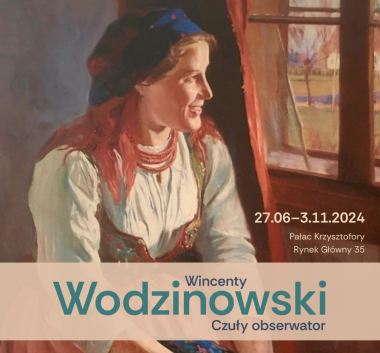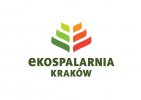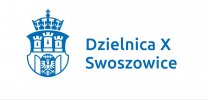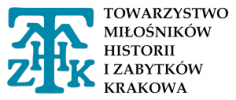Wincenty Wodzinowski. A sensitive observer (1866-1940)
27.06.2024
- 03.11.2024

Exhibition curator
Elżbieta Lang
The Museum of Krakow would like to invite you to the new temporary exhibition at the Krzysztofory Palace.
The exhibition recalls the life and rich artistic heritage of Wincenty Wodzinowski (1866, Igołomia - 1940, Kraków), whose works can be found in nearly every larger museum collection and have recently became sought-after in the auction market with ever-growing price estimates. Visitors will set off on a journey following the footsteps of the artist; a bard of the beauty of the countryside near Kraków, a passionate social activist committed to the city life of both Kraków and Podgórze, and a patriot - legionnaire, one of the students of Jan Matejko and a student of the Munich Academy. Collaborating with Wojciech Kossak and Jan Styka on the Racławice Panorama was a significant moment for his career. The exhibition is aligned with the mission of the Museum - it constitutes yet another story of Kraków seen through the life of its ordinary-extraordinary citizen. It constitutes the first attempt at a monographic approach to the painter's works set against the wider context of Kraków’s history and culture at the turn of the 19th and 20th century. In a way, the exhibition complements the previous presentation of Włodzimierz Tetmajer’s work, also held at the Krzysztofory Palace.
The exhibition will present a number of takes on the figure of Wincenty Wodzinowski - a citizen of Kraków, Podgórze, and Swoszowice in one person:
The exhibition will present a number of takes on the figure of Wincenty Wodzinowski - a citizen of Kraków, Podgórze, and Swoszowice in one person:
- a painter appreciated by art critics, a representative (along with, among others, W. Tetmajer) of the informal ‘Five’ art group consisting of the students of the Academy of Fine Arts in Kraków and Monachium and students of Jan Matejko, a creator of the peasant mania trend in the Polish painting at the turn of the 19th and 20th century,
- an artist fascinated by the cultural richness of the countryside surrounding Kraków, an author of numerous portraits depicting ‘folk types’ and colourful genre scenes featuring multiple characters, an artist whose favourite model was Kraków-famous ‘Beautiful Zośka’, a co-creator of the Racławice Panorama by J. Styka,
- a member and donor of the Association of the Ethnographic Museum in Kraków, which, guided by S. Udziela, initiated the establishment of a museum,
- a distinguished creator in the field of art who spent over 15 years creating - on an almost exclusive basis - for the famous, eccentric patron of the arts, count Ignacy Korwin-Milewski - a creator of unique collection of works by Polish painters such as J. Matejko, A. Gierymski, J. Chełmoński, J. Kossak oraz L. Wyczółkowski, working at an art studio founded by the count in Swoszowice,
- a distinguished activist committed to numerous organisations in Kraków and Podgórze, such as the Kraków Society of Friends of Fine Arts,
- an activist in Podgórze who initiated the establishment of ‘Sokół’ in Podgórze and participated actively in the process of merging Kraków and Podgórze as a part of the Great Kraków.
- a person who went down in history as a legionnaire faithful to his homeland and an artist immortalising the life of Polish legions,
- a ‘head’ of the exceptional family, father of Wincentyna Wodzinowska-Stopkowa and father-in-law of the remarkable Polish set designer, Andrzej Stopka, both recognised by Yad Vashem as Righteous Among the Nations for the aid they provided to Jewish people during World War II, including Zuzanna Ginczanka, an extraordinary poet.


Exhibition curator
Elżbieta Lang










